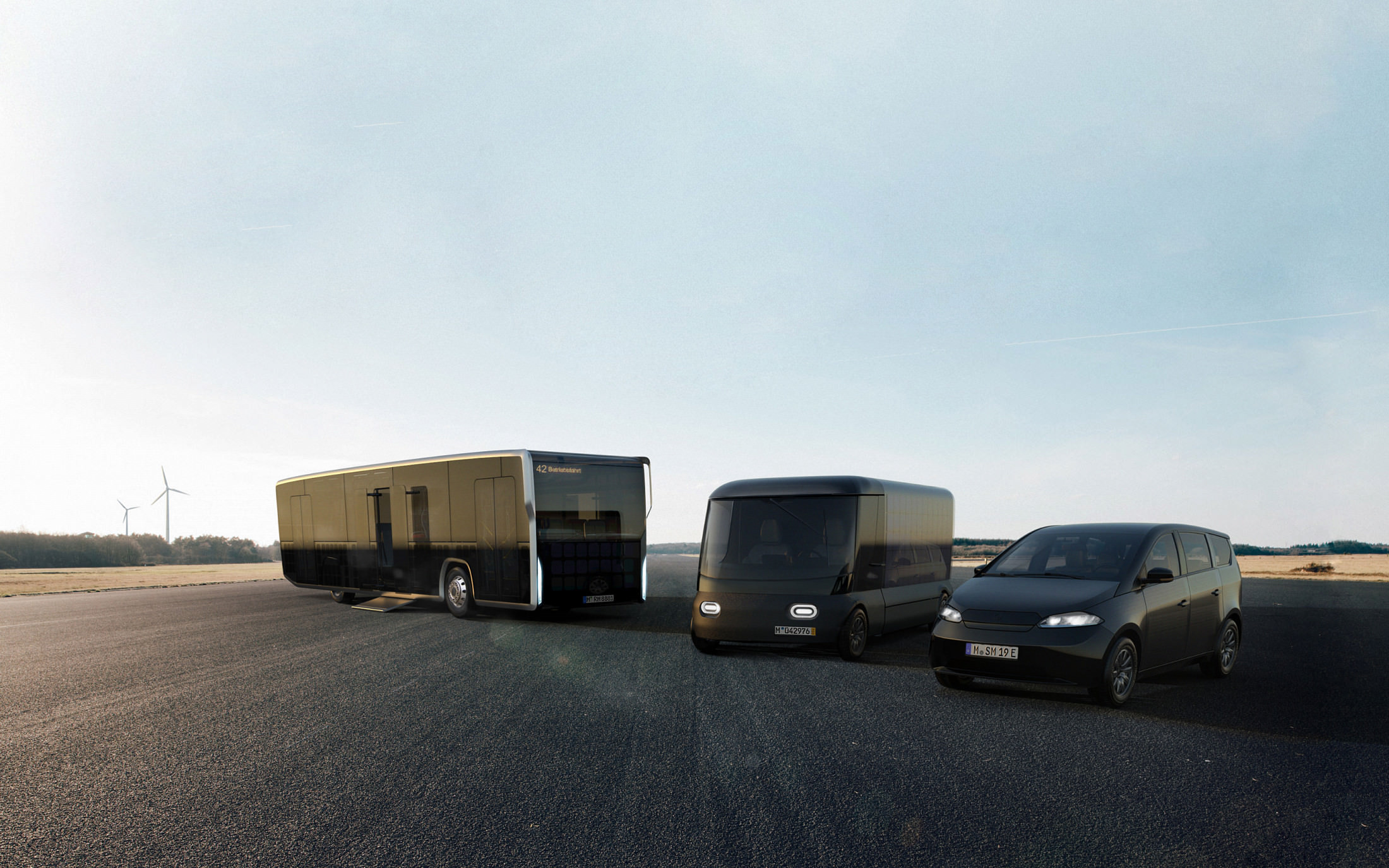The fever for the electric car has caused some companies that have grown the most in the United States stock markets to be electric vehicles. A success that now seems to be also pursuing the small German startup Sono Motors, which according to Reuters, is already preparing the ground to launch a public offering of shares.
According to sources, Sono Motors has already confidentially filed an initial public offering with the Securities and Exchange Commission of the United States; it is now in the phase of talks with several companies to exit with the company’s fashionable formula, a special purpose purchase (SPAC).
Thanks to this, it is estimated that Sono Motors could achieve a valuation of about 1 billion dollars. But it remains to be seen how much of this Sono will be able to inject into its accounts in a figure that should allow it to finish its prototypes, its production lines, and start production. Production that will not be easy or cheap and is estimated to be an investment of about 200 million euros to be paid to the Chinese NEVS, which will assemble it in the former SAAB plant in Trollhättan, Sweden.
The goal is to have the 30 prototypes ready that will be used in driving tests, endurance tests, crash tests, and the necessary approvals to certify the start of production at the end of 2021 and the first deliveries in early 2022.
Despite the long development process, there will be no changes in aspects such as the battery at the moment. Sono Motors has confirmed installing a 35 kWh pack, which gives it a range of 255 kilometers according to the WLTP cycle. That’s enough for everyday operation, for example commuting to work and avoiding excessive weight.
Simultaneously, they do not rule out that those who choose to purchase with a rental battery may later replace it with a higher capacity one. Something that is currently being studied in a model that, as we remember, will cost 25,000 euros with battery ownership, and that has accumulated 12,500 reserves.
A proposal that will stand out for elements such as its spacious interior and trunk, but also for its system of photovoltaic panels capable of recharging the battery even when it is circulating. Together with its bidirectional V2G charging capacity, it will almost certainly become one of the key and possible saving points of this model that has managed to maintain customer support despite its ongoing development process.
Now we have to wait for the prototypes to hit the streets and show their capabilities, and above all, for Sono Motors to be able to capture as much money as possible in an IPO that may be their last bullet to meet the demanding economic requirements—starting a new electric car.

